This week’s bombshell — that the DNC and the Hillary Clinton campaign financed former British spy Christopher Steele’s salacious dossier allegedly connecting Donald Trump and Russia — may suggest something even more devious. The dossier was compiled by the notorious firm Fusion GPS, which also worked for Russian lawyer Natalia Veselnitskaya, the very woman who met with Donald Trump Jr. in a meeting deemed pivotal to the case for Trump-Russia “collusion.”
The Fusion GPS connection raises a supremely interesting question: Did the Clinton campaign actually orchestrate the meeting between Trump campaign officials and Veselnitskaya? Is the entire Trump-Russia collusion narrative the result of a Clinton set-up?
After PJ Media’s Liz Sheld suggested the idea to this reporter, it seemed increasingly plausible. Not only does the timeline work out, but Clinton attacked Trump as Putin’s puppet and Clinton’s connections to Russia had been powerfully reported in 2015. What better way to distract from Clinton’s ties to Russia than proving “collusion” on Trump’s part?
When Veselnitskaya met with Donald Trump Jr. and Paul Manafort on June 9, 2016, she pressed them on the adoption issue, part of the Russian efforts to undermine the Magnitsky Act. The act — signed by President Barack Obama in December 2012 — imposed sanctions on individuals and entities responsible for the death of Russian lawyer Sergei Magnitsky, who unearthed massive fraud within the Russian government and was imprisoned, tortured, and killed for it in 2009. Hermitage Capital Management CEO Bill Browder testified that the sanctions “personally” affect Russian President Vladimir Putin’s wealth.
Putin retaliated by banning the adoption of Russian orphans by American families. Previously, Russia had allowed Americans to adopt sick Russian children, and they adopted kids suffering with HIV, Down Syndrome, and other ailments. Due to this retaliation for the Magnitsky Act, Browder testified, these sick children now languish in Russian orphanages and many will die before their 18th birthdays.
As it turns out, Veselnitskaya hired Fusion GPS to lobby the U.S. government on this very issue, one extremely pivotal to Putin’s monetary interests.
In July, Browder testified that “Veselnitskaya, through Baker Hostetler, hired Glenn Simpson of the firm Fusion GPS to conduct a smear campaign against me and Sergei Magnitsky in advance of congressional hearings on the Global Magnitsky Act.” This alleged smear campaign took place in 2014, two years before the presidential election. Through this business, Veselnitskaya made friends with Fusion GPS.
In April 2016, two months before Veselnitskaya’s meeting with Trump campaign officials, the law firm Perkins Coie, as part of its representation of the Clinton campaign and the DNC, hired Fusion GPS for research into Trump, The Washington Post revealed this past week. In a letter to Fusion GPS, Perkins Coie general counsel Matthew Gehringer noted that his law firm revealed its role in hiring Fusion GPS in order to help keep Fusion GPS’s list of clients confidential. What is the opposition research firm trying to hide?
In March 2016, Fusion GPS approached Perkins Coie to see if it its clients would be interested in paying the firm “to continue research regarding then-presidential candidate Donald Trump.” Through Perkins Coie, the DNC and the Clinton campaign paid Fusion GPS to perform research that led to the infamous dossier written by former British spy Christopher Steele.
On Friday, it was revealed that the Washington Free Beacon was the original source paying Fusion GPS to investigate Trump. The conservative news outlet insisted that none of the research it paid for was included in the infamous Steele dossier, however. The Post reported that Fusion GPS hired Steele after the Democratic funding began, supporting the Free Beacon’s version of events.
To recap: Veselnitskaya hired Fusion GPS to undermine Magnitsky’s reputation in 2014. The Clinton campaign and the DNC hired Fusion GPS to compile the Trump dossier in April 2016. Two months later, Donald Trump Jr. received an email inviting him to meet with Veselnitskaya ostensibly to gather opposition research on Clinton — but at the meeting Veselnitskaya tried to push the Trump campaign to oppose the Magnitsky Act.
Then, as the DNC and the Clinton campaign pinned the DNC hack to Russia and Trump cited emails leaked by WikiLeaks, Hillary Clinton began attacking Trump as “Putin’s puppet.” At the third presidential debate, Clinton argued that Putin supported Trump because he “would rather have a puppet as president of the United States.”
Clinton never brought up the Trump campaign’s meeting with Veselniskaya during the election, but she certainly suggested Trump was in bed with the Russians.
It is plausible that the Clinton campaign and the DNC, working through Fusion GPS, suggested to Veselnitskaya that she should meet with the Trump campaign. This would have given the Democrats a clear link between Trump and the Russians, and it would have given Veselnitskaya an opportunity to further her work on Putin’s behalf, with one of the two leading presidential campaigns. Furthermore, Fusion GPS’s role as an intermediary would have given both plausible deniability.
According to a recent FEC complaint, the Clinton campaign and the DNC obfuscated their hiring of Fusion GPS by listing payments to the law firm Perkins Coie as being for “legal services.” This violated the law, as the money really went to opposition research. The decision to work through Perkins Coie — and to mislead the FEC about the nature of services — suggests the Clinton campaign and the DNC were hiding something.
Clinton also would have had an incentive to try and manufacture connections between Trump and Russia. Throughout 2015 and into early 2016, Trump was the Republican frontrunner, and he had praised Putin many times, suggesting he would “get along well” with the Russian president. The Russia angle made sense for Clinton to develop, and it would have been a perfect way to distract from her own troubling Russia connections.
If Clinton wanted to convince Americans that Trump is Putin’s real puppet, her campaign would need more evidence than a few positive comments. After all, Trump was not the candidate who helped approve a 2010 deal giving Russian company Rosatom 20 percent of U.S. uranium — right at the time when that very Russian company was under FBI investigation. The FBI kept the investigation secret, just when it would have been most important.
In 2015, Peter Schweitzer had published the blistering story in The New York Times uncovering Clinton’s connections to and benefits from the 2010 Uranium One purchase. Her husband, former President Bill Clinton, had been paid $500,000 for a speech — at a Russian bank promoting Uranium One stock.
According to an anonymous witness threatened by the Obama administration, the FBI investigation into Rosatom also uncovered documents and an eyewitness account rather inconvenient for the Clintons. This evidence corroborated earlier reports that Russian officials had routed millions of dollars into the U.S. to benefit the Clinton Foundation just as Hillary Clinton served on the Committee on Foreign Investment in the United States, which endorsed the Uranium One deal. This past Wednesday night, the Department of Justice finally authorized the informant to disclose his information and documents.
At the same time as the FBI kept its Rosatom investigation secret, the agency acted fast to bust a Russian spy ring because it got too close to Hillary Clinton.
All that makes sense, but why try to manufacture connections between Russia and the Trump campaign — when Trump’s campaign chairman Paul Manafort had worked for Ukraine’s Party of Regions, a group backed by Putin?
This past week, Special Counsel Robert Mueller announced that his investigation into Manafort had extended to cover Tony Podesta — a Clinton campaign bundler who co-founded the Podesta Group with his brother, Clinton’s campaign manager John Podesta. Both Manafort and Podesta may have violated the Foreign Agents Registration Act (FARA), an allegation PJ Media reported last April. Emphasizing Manafort might have revealed Podesta and his connections to Clinton.
If Clinton secretly orchestrated the meeting between Veselnitskaya and the Trump campaign, why did that news not come up in the campaign?
First, the meeting only lasted about 20 minutes, according to Donald Trump Jr. If the Clinton campaign orchestrated the meeting — hoping for either proof of Trump-Russia collusion or to start a long-term relationship between Veselnitskaya and the Trump campaign to use as a weapon later — they would have been disappointed to hear the meeting went nowhere.
Expecting to triumph on November 8, Hillary Clinton might have decided not to release the news of this event, deeming it unnecessary for her victory.
Even so, there is no evidence that the Clinton campaign did actually orchestrate the Veselnitskaya meeting. Questions like this make it very important for the list of Fusion GPS clients to become public. If Fusion GPS was still working for Veselnitskaya, or was in contact with her in the lead-up to the meeting with Trump Jr., that might suggest the entire Trump-Russia “collusion” narrative was created by Democrats or the Clinton campaign.
It is already ironic enough that Robert Mueller, the man leading the investigation into Trump-Russia connections, is the same man who led the FBI when it covered up the investigation into Rosatom right when it was convenient for Hillary Clinton. Unless some very damning evidence finally comes out against Trump, this investigation seems likely to get worse and worse for Clinton and the Democrats.




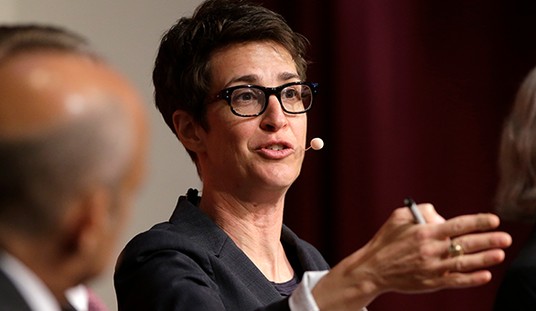
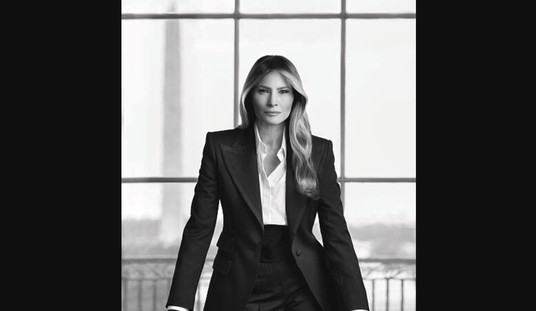
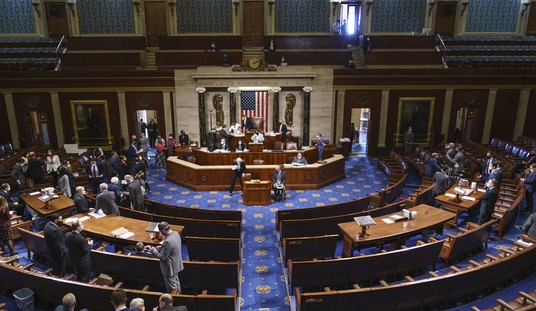
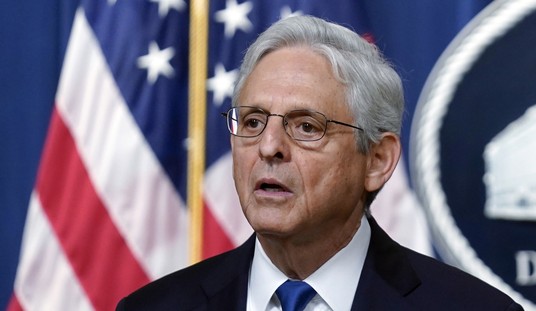
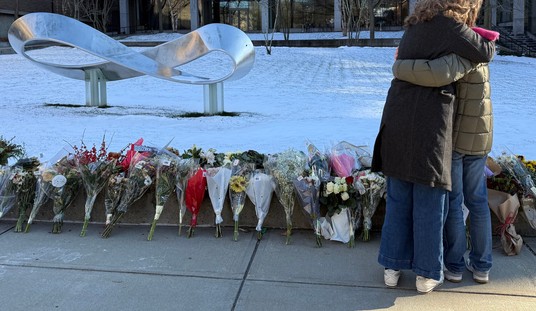
Join the conversation as a VIP Member